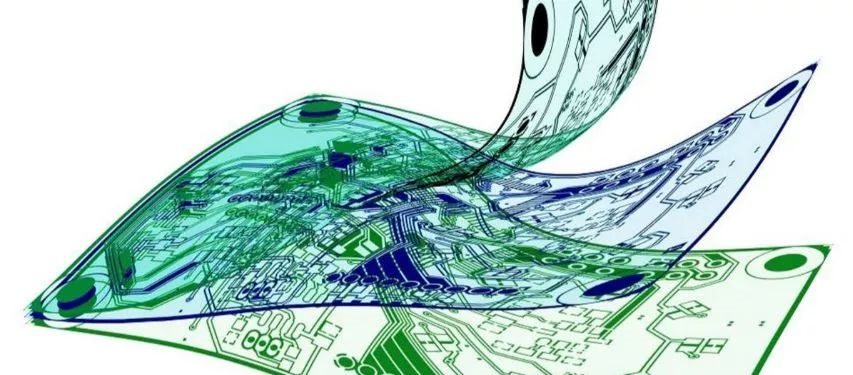With the proliferation of IoT devices and global development, the problem of e-waste is becoming more and more serious. The problem will be further exacerbated by the production of new flexible electronics, such as robots, wearables, and health monitors. To address this challenge, MIT, the University of Utah, and Meta have jointly developed a new flexible substrate material that not only facilitates recycling, but also supports more complex multilayer circuit manufacturing.
This week, the journal RSC: Applied Polymers published a paper by eight researchers, including Professor Thomas J. Wallin of the Massachusetts Institute of Technology and Professor Chen Wang of the University of Utah, on the development of this innovative material. Professor Wallin pointed out that the problem of e-waste is exacerbated by the proliferation of IoT devices, and the development of new materials is particularly important.
At present, the substrate of flexible electronics is mainly based on a polyimide polymer called Kapton, which has excellent thermal and insulating properties, but also has the problem of difficult recycling and reprocessing. The widespread adoption of Kapton has led to its rapid growth in the global market, which is expected to reach $4 billion by 2030. However, the non-meltable nature of Kapton limits its application in the fabrication of advanced circuit architectures.

Figure: The development of new flexible substrate materials may help tackle e-waste
To overcome these limitations, the research team developed a novel polyimide material, which is a light-curable polymer that cures rapidly under ultraviolet light and operates at room temperature. Not only does the material cure quickly, but it also acts as a substrate for multilayer circuits, significantly increasing the integration of components in small devices.
Another distinguishing feature of the new material is its recyclability. The researchers introduced special subunits in the polymer backbone that can be quickly dissolved by alcohol and catalyst solutions, enabling the separation and recycling of materials and components. Professor Wallin explained that this design allows them to break down the polymer into raw small molecules, recycle electronic components and repurpose, which is important to address the supply chain shortage of chips and rare earth minerals.
Prof. Wang emphasized that the low-temperature processing capability and rapid hardening characteristics of this new material provide new possibilities for the fabrication of new multilayer electronic devices. The introduction of this material is expected to be a "game-changer" for e-waste disposal and flexible electronic device manufacturing.
The research and development of new flexible substrate materials not only responds to the global concern about e-waste, but also provides new ideas for the sustainable development of flexible electronic devices. With the continuous advancement of technology and the expansion of applications, it is expected that this innovative material can play an important role in reducing e-waste and promoting a win-win situation for environmental protection and economic benefits.






